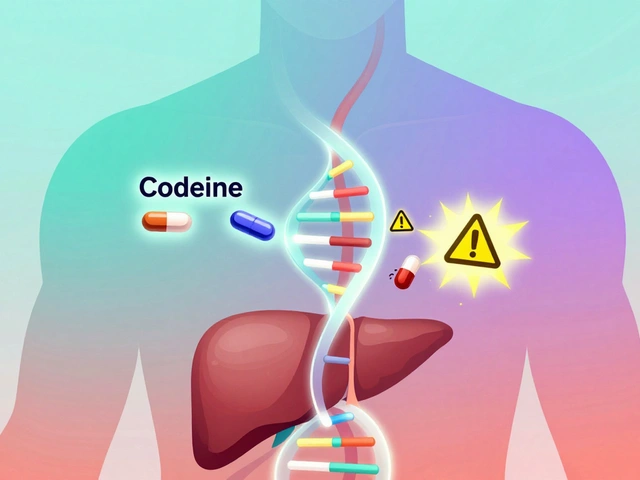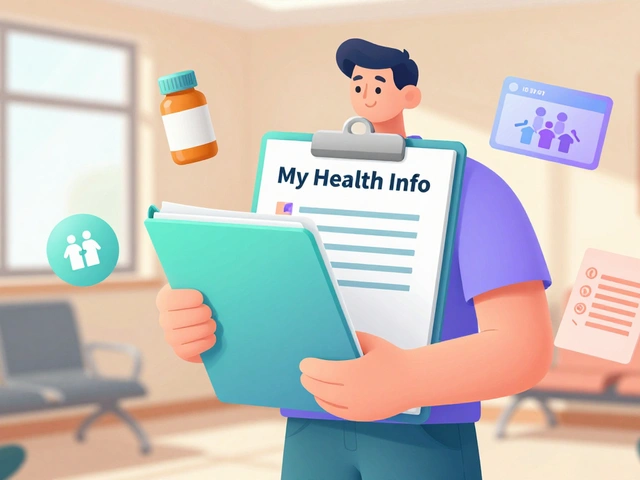Injuries: Practical First Aid, Pain Management & Recovery Tips
Got a sprain, bruise, or a deep cut and not sure what to do first? Small injuries are common, but messy mistakes make them worse. This page gives straight, useful steps you can use right away — plus smart choices for pain and healing so you don’t overdo medications or wait too long to see a pro.
Quick first-aid steps that actually help
Protect the area first: stop bleeding with firm pressure for a few minutes. Clean shallow cuts with running water and mild soap — don’t scrub. For bruises and fresh sprains, use the PRICE approach: Protect, Rest, Ice, Compression, Elevation. Ice for 15–20 minutes every 2–3 hours for the first 48–72 hours, then switch to heat if stiffness develops. Avoid full immobilization — gentle movement helps tendons and muscles recover faster than total rest.
For wound dressings, keep the wound moist with a thin layer of antibiotic ointment and a non-stick dressing. Change dressings daily and watch for increasing redness, pus, spreading warmth, fever, or severe pain — those are signs to see a doctor.
Smart pain control and healing aids
For everyday pain, start with over-the-counter ibuprofen or naproxen for inflammation and acetaminophen for pain-only relief. Stronger options exist: Toradol (ketorolac) is effective for short-term severe pain but carries kidney and bleeding risks — read our guide "How to Safely Buy Toradol Online" before considering it. If you’re worried about opioids, our "Discovering Hydrocodone Alternatives" article covers safer options and non-addictive approaches.
Natural helpers can speed recovery for some injuries. Arnica cream or oral supplements may reduce bruise pain and swelling for mild cases — see "Discover the Incredible Health Benefits of Arnica" for product tips. Buck’s-horn plantain and wild thyme are also used traditionally to support skin healing and lessen inflammation; check those posts before trying supplements, especially if you take other medicines.
For muscle strains and tendon issues, progressive loading (slowly adding resistance and movement) is better than staying off the limb. Physical therapy exercises reduce re-injury risk and shorten recovery time. If you’re dealing with a recurring problem, the right exercise plan beats repeated painkillers.
When should you get urgent care? Go now if there’s heavy bleeding that won’t stop, deep cuts with exposed tissue, signs of infection (fever, spreading redness), numbness, loss of movement, or you can’t bear weight after a fall. Also check your tetanus shot status for dirty wounds; a booster may be needed.
If you want more detail on specific meds, wound remedies, or safer online buying for pain drugs, read related posts on this site like "How to Safely Buy Toradol Online," "Discover the Incredible Health Benefits of Arnica," and "Discovering Hydrocodone Alternatives." Practical steps and the right choices speed healing — and keep you out of the emergency room.
As a blogger who's experienced repetitive strain injuries, I've learned a few essential tips to help prevent joint damage. First, taking frequent breaks and stretching throughout the day works wonders in reducing strain on our joints. Second, maintaining proper posture and ergonomics while working or performing repetitive tasks is crucial. Third, incorporating strength training and flexibility exercises into our routine can help keep our joints healthy and strong. Lastly, seeking professional advice for any persistent pain or discomfort is essential to prevent further damage to our joints.



